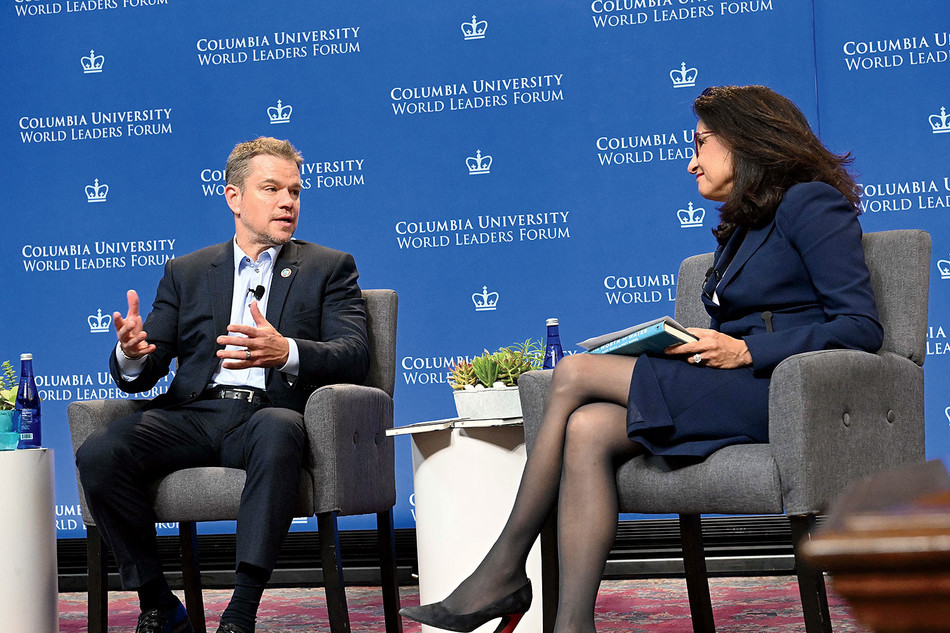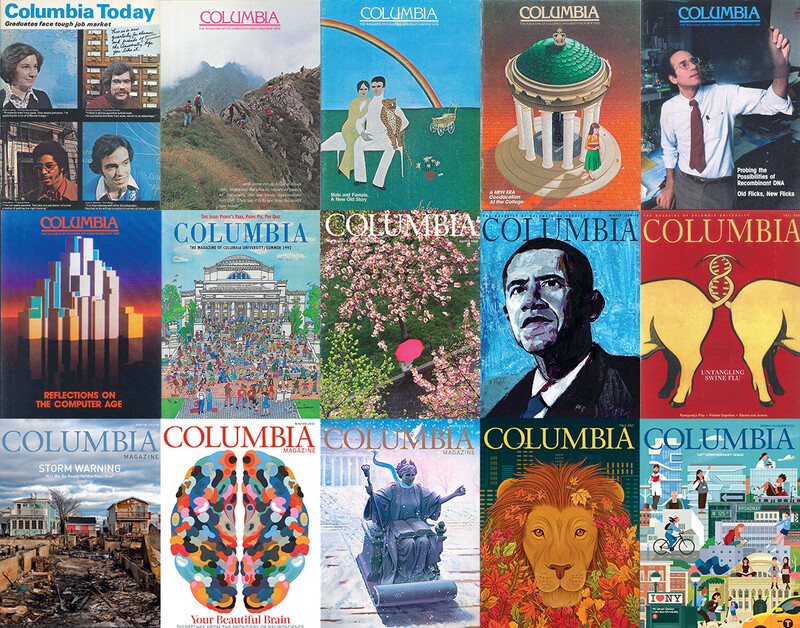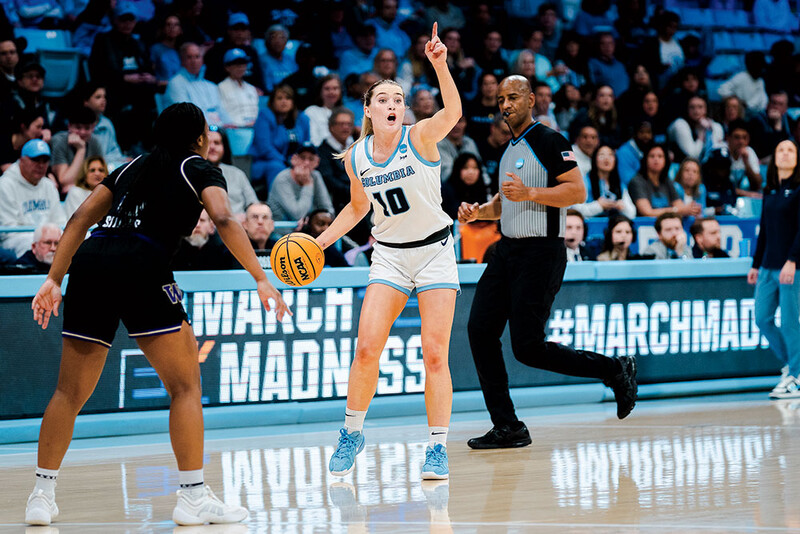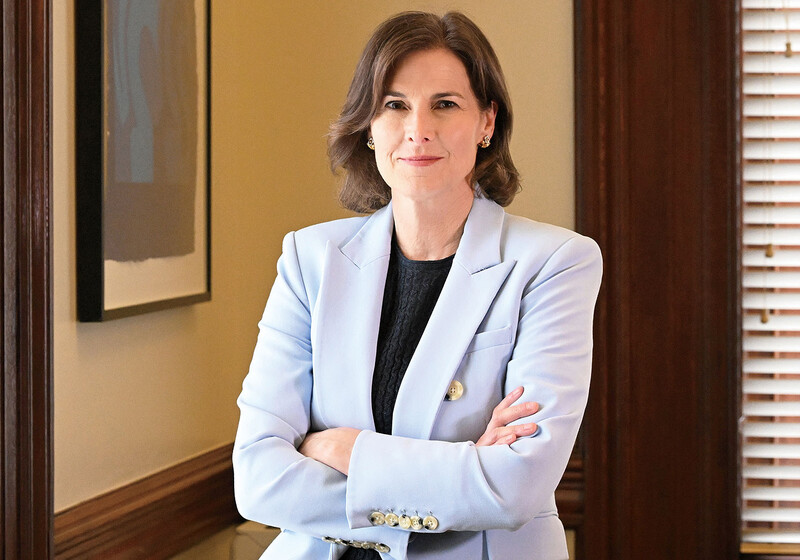How Matt Damon Helped Fund More than Twelve Million Loans, and Why He’s Ready to Give More
During the recent World Leaders Forum at Columbia, Matt Damon, star of Good Will Hunting, Saving Private Ryan, and the Bourne movie franchise, posed a hypothetical question to an audience in Low Rotunda. “Imagine if we cured cancer tomorrow and in a hundred years, four hundred thousand children were still dying of it.” That, Damon said, is the story with water: the technology to deliver safe drinking water to homes has existed for decades, yet nearly eight hundred million people worldwide lack access to potable water. This includes the more than one thousand small children who die every day from waterborne diseases such as typhoid, cholera, and dysentery — what Damon called “unconscionable, senseless death.”
Damon was headlining a discussion called “Social Innovation: Sourcing Capital for Global Challenges.” Next to him on the dais was Gary White, his cofounding partner in Water.org, a nonprofit that offers low-interest loans to people seeking to improve their access to water and sanitation. President Minouche Shafik moderated the talk, which centered on the nexus between water, poverty, and capital markets.
White, a civil engineer, began thinking about water in 1984 during a trip to Guatemala, where he saw mothers and children walk past open sewers on their way to fetch contaminated water. He reasoned that if low-interest loans could be made to households wanting to lay water pipes, the benefits would multiply: borrowers would spend less time trying to get clean water, and they and their children would be healthier and have more time for work or for school.
In 2009, White teamed up with Damon, who had become passionate about water scarcity in 2006 on a visit to rural Zambia. They started a pilot program that used microloans to fund water projects. To date, Water.org has arranged, through its many local financial partners, twelve million loans for projects benefiting some fifty-eight million people, Damon said. Ninety percent of their clients are women, and 98 percent of the loans are paid back.
Damon contrasted this approach with the “traditional, paternalistic way” of going into an area, building a well, and “saying ‘you’re welcome’” — as opposed to listening to what residents actually want. “Nobody is going to take out a loan for something they don’t want,” he said. Damon discovered that Water.org could help people solve their own problems “by just nudging the market toward these women and getting out of the way.”
The microfinance industry usually provides funding for entrepreneurs — often those who are shut out from standard banking systems — with the expectation that they will use the capital to grow their small businesses. President Shafik, an economist who once worked in microfinance, noted that Water.org’s model was not business as usual. “Microfinance loans for water?” she said. “But there’s no cash flow. Microfinance is a completely cash-flow-based lending model. How did you persuade [investors] that this would work?”
White conceded that it wasn’t easy, and that when they finally found a willing investor, they were told they needed to front some money of their own. “We recognized that we had to put skin in the game,” White said. That meant fundraising from philanthropies and using the money to reduce the risk for microfinance investors. In 2017, Damon and White founded WaterEquity, an asset manager that invests in financial institutions to help them expand their microlending capabilities.
Improving water access would seem to be the province of governments, not of markets, but White and Damon learned that it takes both. “There’s not enough funding among governments to build out the infrastructure in a way to solve the problem, and we do need the private capital markets to come in,” White said. “In most cases, people who live in water poverty aren’t necessarily a charity problem to be solved as much as they are a market to be served.”
For Damon, his water work has made for “an exciting journey,” he said. “I started this like, ‘I’m going to raise money to drill wells.’ Seventeen years later, I’m using donor dollars to de-risk a loan portfolio.” The audience laughed. “I had no idea it would steer me to finance and that that would be the answer.” Call it Saving Private Equity.
This article appears in the Winter 2023-24 print edition of Columbia Magazine with the title "Lessons in Liquidity."



